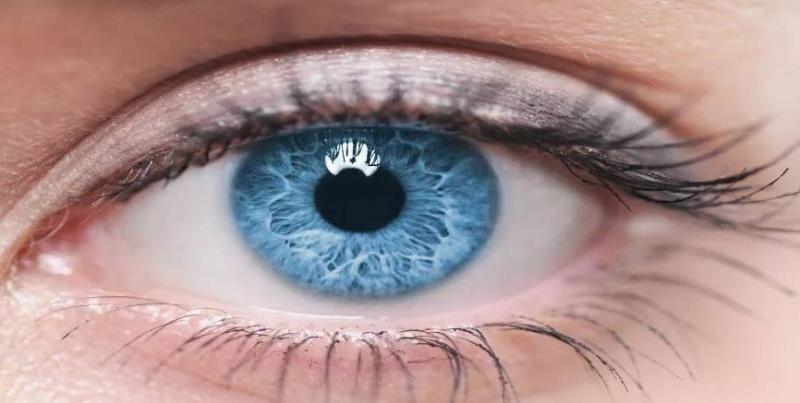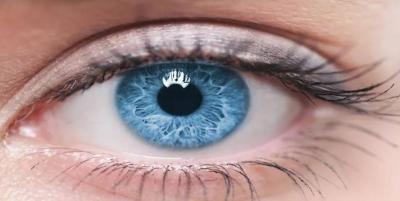A team of Australian scientists is currently conducting experiments to implant small solar panels into the human eye, which once seemed purely like science fiction. This next-generation technology could greatly improve the quality of life for people suffering from incurable eye diseases.
According to New Atlas, neuroprosthetics interact with the nervous system to restore lost functions. A prime example is the cochlear implant, a small electronic device that is surgically implanted in the inner ear and stimulates the auditory nerve to provide sound signals directly to the brain, enhancing hearing.
Researchers from the University of New South Wales in Australia are exploring whether a similar neuroprosthetic technology can restore sight in individuals with damaged photoreceptors, specialized cells in the retina capable of absorbing light and converting it into electrical signals to send to the visual cortex.
Camera sensor chips provide high resolution, superior color depth, and an increased level of sensitivity to low light—but there is one major issue: they need power. Instead of the complications of batteries and charging, there is another technology capable of converting light directly into electricity: photovoltaic solar panels.
Udo Romer, an engineer with expertise in photovoltaic cells, known as solar panel technology, stated, "People suffering from certain diseases like retinitis pigmentosa and age-related macular degeneration slowly lose their vision due to the deterioration of photoreceptors in the center of the eye." He added that "it has long been believed that biocompatible implants in the retina could replace damaged photoreceptors. One way to do this is to use electrodes to create a voltage pulse that may enable individuals to see a small spot."
When light strikes the retina at the back of the eye, photoreceptors convert it into electrical signals. These signals travel from the retina through the optic nerve to the brain, where they are transformed into the images that a person sees.
Romer mentioned that he assisted a PhD student from the biomedical department in processing and engaged in some interesting discussions about all the different research happening in their group, explaining that his colleague's PhD project "is about solar cells for neural stimulation," and he informed him of a research paper from the Palanker group at Stanford University that discussed retinal implants using silicon solar cells, which he described as "looking like science fiction."
Romer found that the issues faced by the Palanker group could be overcome by stacking solar cells and changing the semiconductor material used in the device, explaining that they [Palanker’s group] "needed to link three small silicon solar cells in each pixel to increase the voltage to a high enough value to reliably stimulate the nerve cells."
He further added that "to stimulate the nerve cells, a higher voltage is needed than what can be obtained from a single solar cell. If photoreceptors are imagined as pixels, there is really a need for three solar cells to generate enough voltage to be sent to the brain. Stacking the solar cells would do the exact same thing [as connecting them together] but likely allow for smaller pixels, thus higher resolution. While it is not easy to stack stimulating solar cells, it is somewhat routinely done using materials like gallium arsenide."
Silicon remains the most commonly used semiconductor in the solar cell industry. There are other materials like gallium arsenide (GaAs) and indium gallium phosphide (GaInP) as well. Although these materials are not as inexpensive as silicon, their advantage is that their properties are easier to adjust.
Romer stated that he has already conducted experiments on this technology. However, the challenge is that they need to insert wires into the eye, which is a complicated procedure. The alternative idea is to use a small solar panel connected to the eyeball. Naturally, this panel would be self-powered and portable, thereby avoiding the need to connect wires to the eye.




